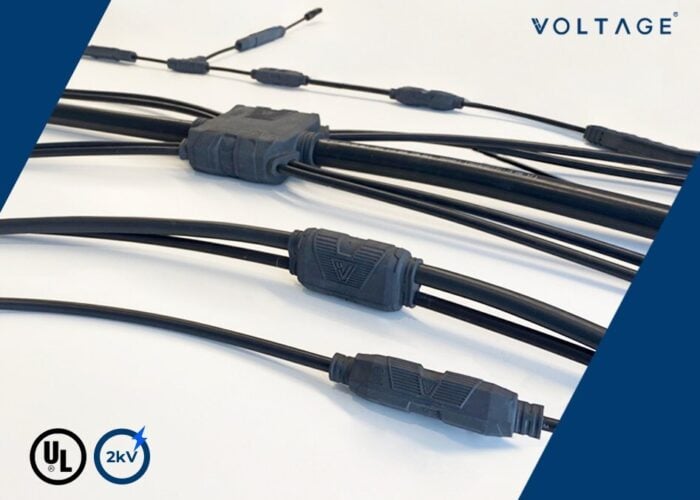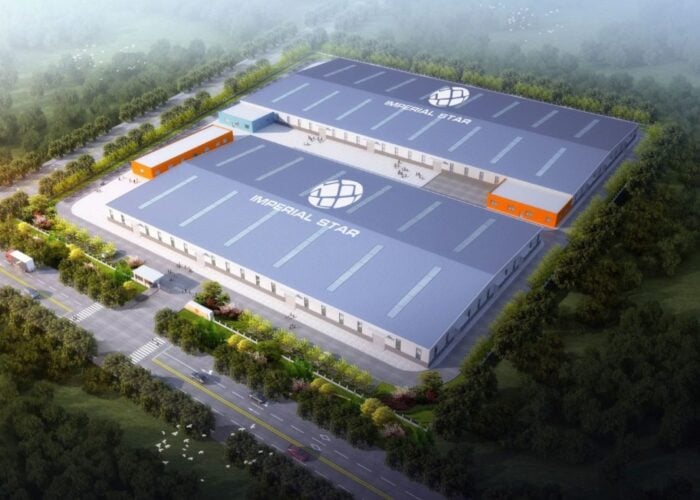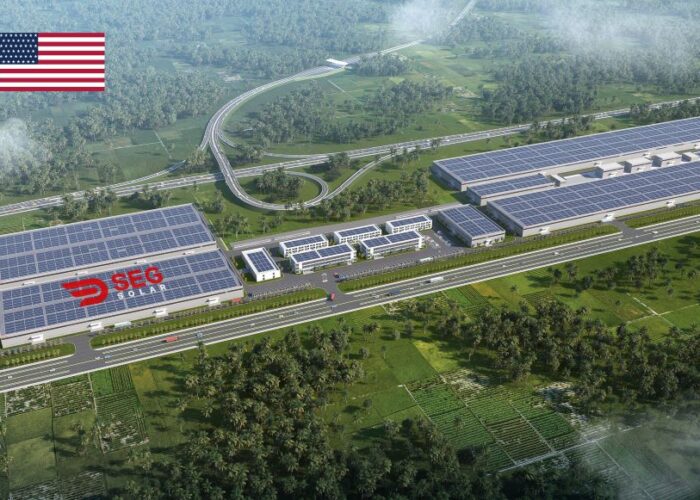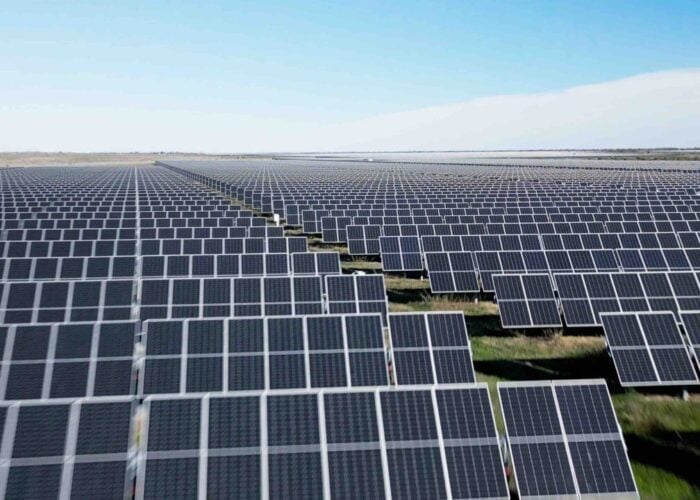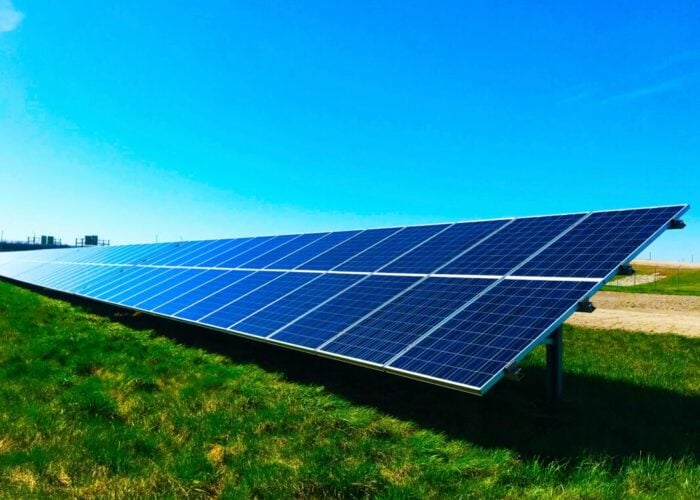A new report from IMS Research highlights that the PV inverter market has gone from chronic shortages to major overcapacity in the last 12 months. High levels of inventory were recorded in the fourth quarter of 2010 and into the New Year, according to the market research firm. Despite the overcapacity concerns, the global PV inverter market is forecast to reach US$8.5 billion by 2014, growing at compound annual growth rate of nearly 25%.
“Despite the shortage of inverters at the beginning of 2010, IMS Research estimates that more than 2GW of inverters were produced that were not needed,” noted Ash Sharma, PV research director at IMS Research. “This has led to high inventory levels, both at suppliers’ warehouses and throughout the supply chain. This came as a direct result of double-orders being fulfilled and has also led to cancellations and pushbacks of orders.”
Sharma believes that the PV inverter market became ‘decoupled’ from the underlying installation growth in 2010 because of shortages, component bottlenecks, and double-ordering. This also disrupted inverter manufacturers, which enabled new entrants to get a foothold in the market, while major players such as SMA Solar lost market share. Sharma noted that inverter manufacturer Power-One captured major share among the component shortages of much of last year.
“Inverter suppliers continue to add capacity, most notably in Asia and North America. A further 12-15GW of additional capacity is planned to be added in 2011, which is somewhat surprising given the uncertain market outlook in 2012, and many suppliers are certainly not being cautious in their expansion plans,” added Sharma.
He is concerned that capacity expansions are expected to continue this year. According to IMS Research, total inverter industry capacity had reached more than 30GW in 2010 – double the level seen the year before.
Factory utilization rates actually increased significantly in 2010 to around 70%, hitting close to 90% in Q3’10, adding to the overcapacity concerns.
The ‘decoupling’ also meant that although factory-gate inverter prices dropped by approximately 11% in 2010, end-customers saw prices increasing significantly, according to IMS, due to distributors capitalizing on the short supply situation.
However, the price declines seen last year were not overcapacity related but had more to do with a shift in regional sales. The market research firm noted that, because of the increased demand coming from Germany where prices are lower, ASPs overall dropped.
With a forecasted drop in demand expected in Germany in 2011, IMS believes that like-for-like price declines of 10-15% are in the cards, negating some of the impact of overcapacity since prices in other countries and regions are not as competitive as they have been in Germany.
On the technology front, IMS noted the trend toward three-phase inverters, typically rated below 20kW. These products were the fastest selling in 2010, gaining major share because of installers’ preferences for these products in commercial installations up to 100-200kW.
With the growing utility-scale PV market, IMS is also projecting continued growth for large inverters above 500kW; in 2010, shipments in this category increased by more than 250%.
“Large central inverters above 500kW or even 1MW will become an increasingly attractive business area for many suppliers as high demand is anticipated from utility-scale projects in several countries, including the USA and India. In addition these products are typically highly engineered, with advanced functionality and design which attract healthy margins and also prevent low-cost competitors from stealing market share,” said Sharma.
Unlike all other aspects of PV manufacturing, inverter assembly is labour intensive and not reliant on manufacturing equipment. Supply and demand dynamics can be adjusted quickly via workforce reductions and additions when necessary.
This article requires Premium SubscriptionBasic (FREE) Subscription
Already a subscriber? Sign In
Try Premium for just $1
- Full premium access for the first month at only $1
- Converts to an annual rate after 30 days unless cancelled
- Cancel anytime during the trial period
Premium Benefits
- Expert industry analysis and interviews
- Digital access to PV Tech Power journal
- Exclusive event discounts

